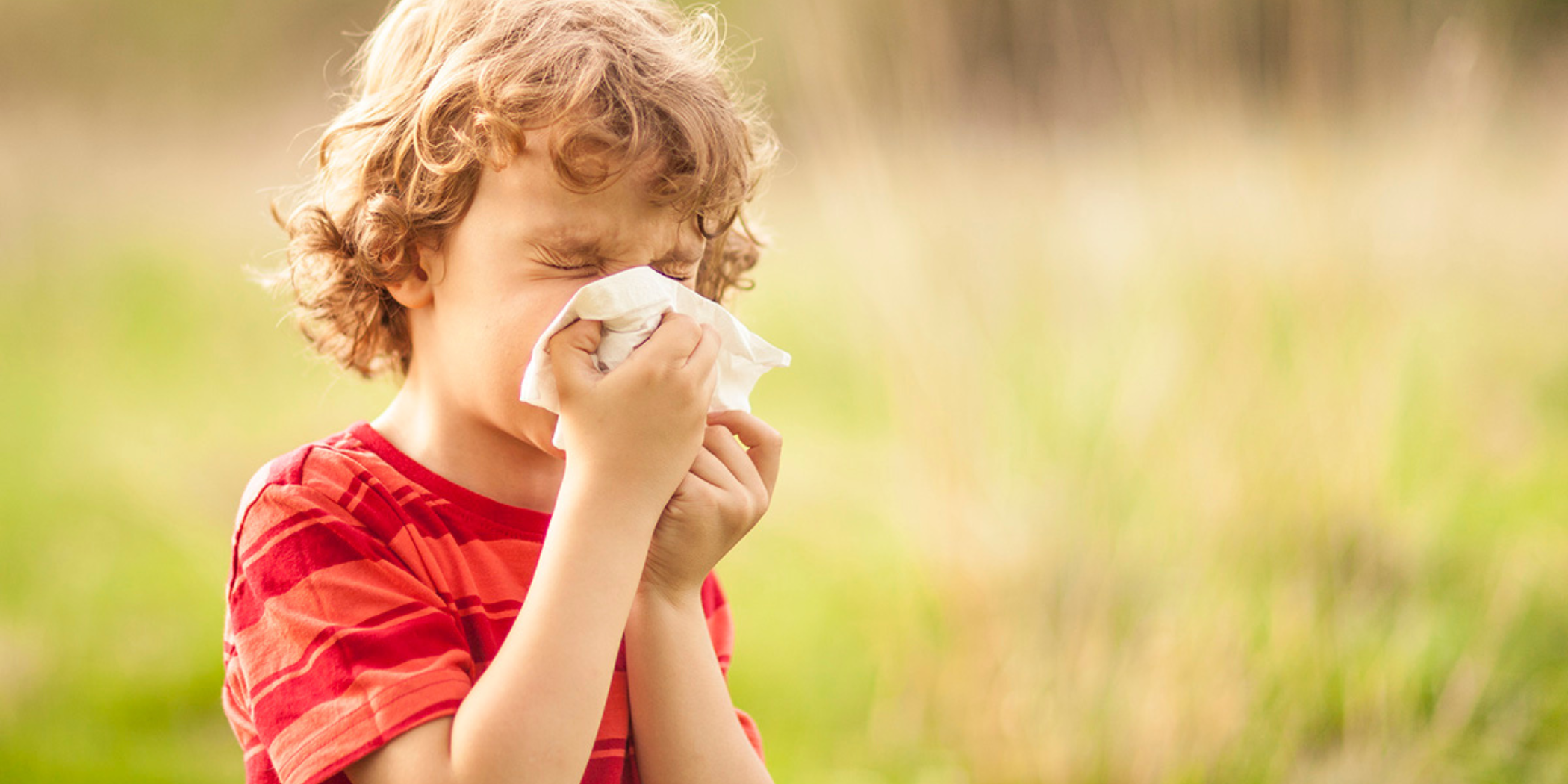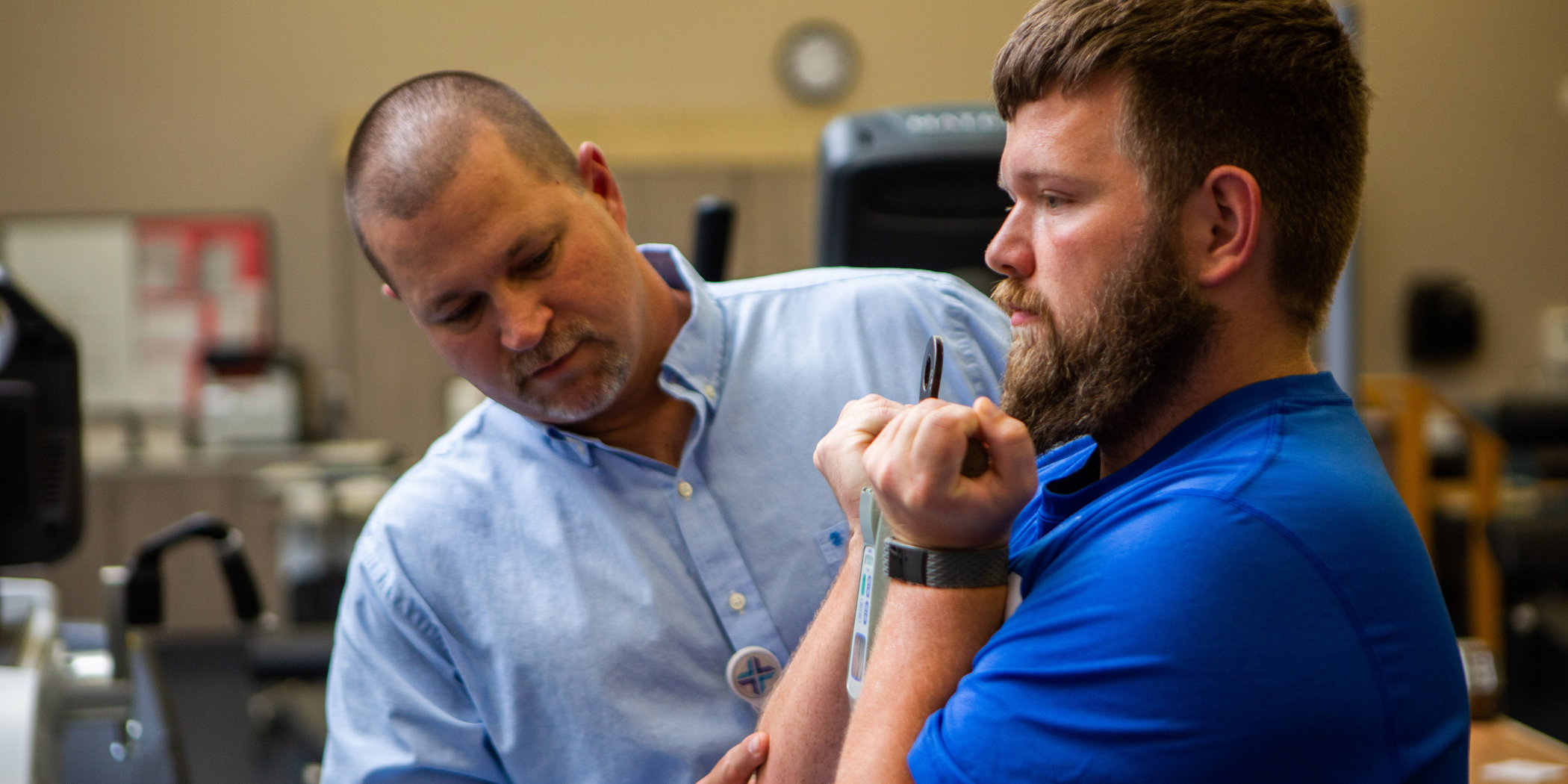
10,000 degrees Fahrenheit
The surface of the sun is about 10,000 degrees Fahrenheit. Its atmosphere can reach 180,000 Fahrenheit.
Makes that 95-degree South Carolina summer day seem pretty chilly in comparison, doesn't it? But that glowing mass of incandescent gas that gives us life, light and Vitamin D can also cause heat stroke, sunburn and more.
Read on, and you'll learn how to protect yourself from heat exhaustion, skin cancer and lime juice burns. You'll also find out about the hottest days on record in the Upstate.
Heat exhaustion vs. heat stroke
Heat exhaustion develops after spending too much time in the heat, and exercise or working outdoors are more likely to bring it on. Symptoms include a fast heartbeat, excess sweating, extreme tiredness, muscle cramps, headache and weakness.
This summer, the emergency center at Spartanburg Medical Center has seen a number of work-related heat exhaustion and heat stroke cases.
Landscapers, outdoor construction workers, and employees in non-air-conditioned warehouses can be vulnerable, according to Thomas Boyd, MD, emergency medicine medical director for Spartanburg Regional Healthcare System.
“These are the people who are really at risk because they can't remove themselves from the situation,” Dr. Boyd said.
Also at risk are the elderly … especially if their air conditioning goes out.
“Please check on your elderly neighbors regularly during the summer,” Dr. Boyd said.
Treatment for heat exhaustion includes cooling the body down and replacing lost fluids, electrolytes and salts, preferably by drinking an electrolyte solution, a sports drink or water with two teaspoons of salt added for each eight ounces.
Heat stroke is a life-threatening emergency and requires immediate medical attention. It happens when heat exhaustion is left untreated and the body is overwhelmed.
The best way to avoid heat exhaustion and heat stroke?
- Work or exercise outside in the early mornings or late evenings when it's cooler.
- Stay hydrated – drink plenty of water!
- Wear light, loose-fitting clothing.
- Get out of the heat when you feel flushed, stop sweating or get dry mouth.
- Avoid caffeine, which dehydrates the body.
Sunburns and skin cancer
Got to get that perfect tan? It's not worth it, according to Rob McDonald, MD, of Immediate Care Center – Pelham.
Sunburns can lead to skin poisoning and skin cancer. Prevention is crucial, even for young people. An ounce of sunscreen is all it takes to cover the body.
“Melanoma, which is the skin cancer that kills you, might be related to really bad sunburns when we're young,” Dr. McDonald said.
One in five Americans will develop skin cancer in their lifetime, according to the American Academy of Dermatology. Approximately 9,500 people in the U.S. are diagnosed daily.
Sunscreen and wearing long-sleeve, light-weight clothing in the sun can go a long way to protecting your skin.
“I have seen some women in their 60s and 70s who have the most beautiful skin,” Dr. McDonald said. “You find out they never did any suntanning.”
Want to avoid skin cancer? Try these steps.
- Skip the burn. Your risk for melanoma doubles if you have five or more sunburns at any point in your life.
- Do not tan or use UV tanning booths. Tanning booths increase your risk of skin cancer, and also contribute to wrinkles and age spots.
- Cover up with clothing, including a broad-brimmed hat and UV-blocking sunglasses. Clothing can be your most effective form of sun protection.
- Use a broad-spectrum sunscreen with a Sun Protection Factor (SPF) of 30 or higher every 30 minutes.
- Examine your skin head-to-toe every month. If you notice any change in an existing mole or discover a new one that looks suspicious, see a physician immediately.
- Consider genetic components. Those with fair skin, red or blond hair, a family history, or green or blue eyes are at a higher risk.
So, just how bright are you?
Get it? Sun puns aside, here are a few facts and quizzes to brighten your day.
- South Carolina's maximum recorded temperature is 113 degrees Fahrenheit, recorded June 29, 2012, at USC in Columbia.
- The hottest day on record for:
- Greenville County – Aug. 10, 2007 – 105 degrees Fahrenheit
- Spartanburg County – July 20, 1986 – 106 degrees Fahrenheit
- Cherokee County – Aug. 21, 1983 – 106 degrees Fahrenheit
- Union County – Sept. 4, 1925 – 110 degrees Fahrenheit
- Did you know that lime juice and sunshine could equal a pretty serious burn? It's a condition called phytophotodermatitis and is often mistaken for poison ivy, poison oak, sunburn and hives.
- You're most at risk from the sun between 10 a.m. and 4 p.m. Learn more: Take this Summer Sun Exposure Quiz.
- Do you know how to protect yourself from heat stroke? Take the heat stroke quiz and find out.
- And while you're at it, take a health evaluation at HealthyHappensTogether.com.











